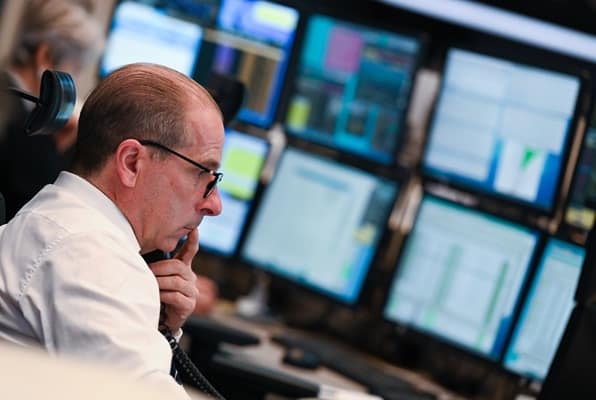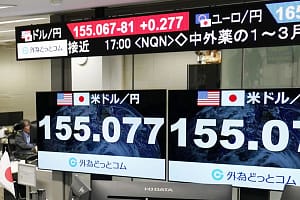The euro decreased slightly today by 0.06% against the US dollar at 6:30 am GMT, reaching 1.08509.
The euro’s attempt to recover today comes with the lowest levels of German consumer pessimism for more than two years, according to a GfK survey with more optimism about economic recovery.
This optimism about the ability to restore growth in the Eurozone and its major economies is one of the most important factors that the single currency needs to confront the higher-for-longer interest rates in the US which feeds the gains of Treasury bonds and deepens the yield gap.
Today, the probability of the Federal Reserve keeping interest rates unchanged in September and November is 55% and 42%, respectively. Meanwhile, the market is awaiting the start of the European Central Bank to cut rates next June.
In the data released today, the GfK Consumer Sentiment Index recorded a reading of -20.9 for this month, which was higher than the expected -22.5, representing the lowest level of pessimism since March 2022.
This continuous decline in pessimism comes with improved sentiment about the future of the economy, albeit weak, higher income expectations, and lower willingness to save, in addition to a slight improvement in the willingness to buy, according to the GfK survey. This in turn comes with low inflation and increased wage growth in a manner that enhances purchasing power, according to Rolf Bürkl, a consumer expert at the Nuremberg Institute for Market Decisions (NIM).
The survey also indicated that high prices of food and energy and the continuation of uncertainty are what keep consumers cautious about major purchases.
Today, we are also awaiting in Germany the preliminary reading of the Consumer Price Index for the current May, with expectations of an acceleration in annual inflation from 2.2% to 2.4%, while monthly price growth is expected to slow from 0.5% to 0.2%.






Leave a Comment